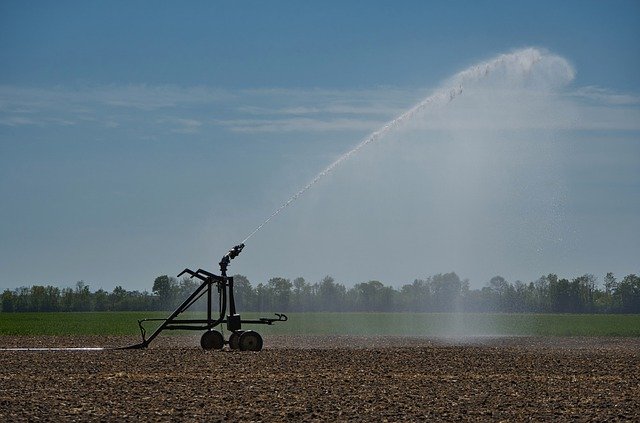Over the years, farmers made preparations for a new planting season as they were sure of the onset of the rainy season. Then came climate change. Will farmers be able to maintain crop yields with the changing seasons?
In recent times, most farmers in Ghana and Africa who depend solely on rainfall for crop production will attest to the fact that the rainfall patterns have changed leading to early or delayed rains, as well as a decrease in the length of the growing season causing an increase in crop loss or failure. The effect of the changes in rainfall pattern on crop production is as a result of climate change.
A few years ago, the harmattan season was known to be the season to find the most beautiful ladies. It was the dry season from December to March. During this period, the dry and dusty harmattan wind blows from the Sahara Desert across the country.
The dryness of the wind was capable of causing lip and heel cracks with many resorting to the use of shea butter, moisturizing creams, lip balms and gloss popularly referred to as “lip shine” to minimize the effect of the harmattan.
Currently some parts of Ghana record some amount of rainfall during the dry season and this is the reality of climate change.
Climate stressors such as a rise in temperature accounts for lower yields of major staple crops such as cassava, yam, plantain, maize and rice. These high temperatures are also responsible for the increased incidence of pest and crop diseases which account for lower yields.

Although during the harmattan season some water bodies dry up, the effect of climate change may lead to drought-like conditions such as desertification and loss of arable land for agricultural production.
The effect of climate change on agriculture production may affect the food security of the country if measures are not put in place to curb the situation. Embracing technologies capable of providing improved seeds such as agricultural biotechnology as well as investing in irrigation farming will be helpful in ensuring food security.
